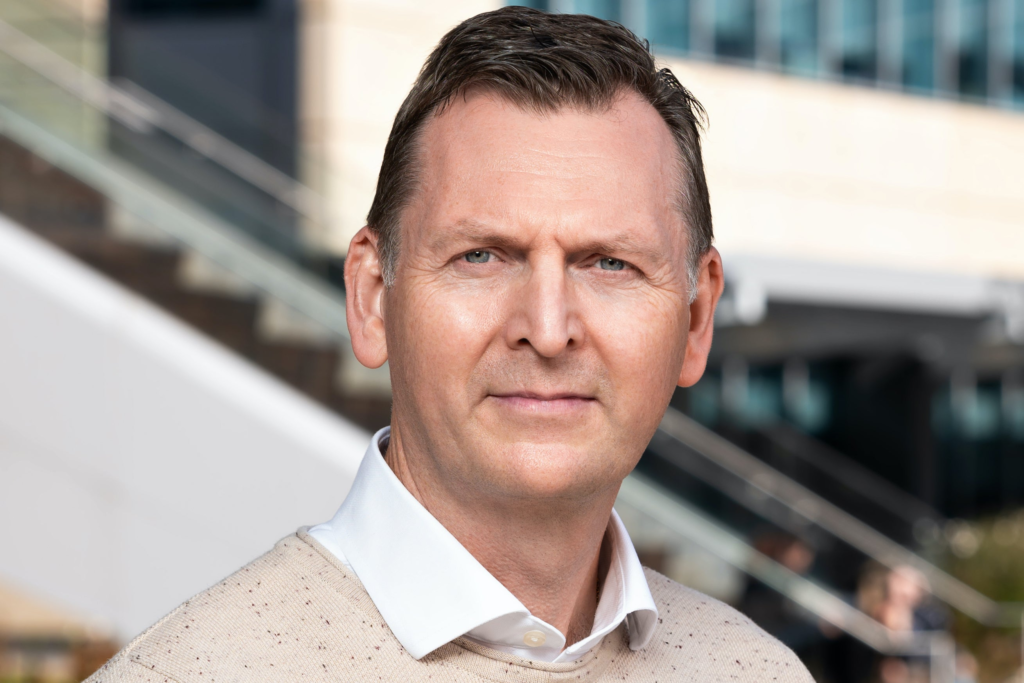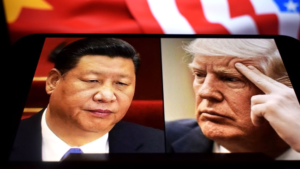On gen AI trends: A lot of the things we’re looking at are practical examples of where generative AI can help. One simple example is, within our industry, you have lab notebooks where you have to track everything. Historically they were done on paper, so we’ve identified some paper lab books with a wealth of information, but it’s not in an easily accessible format. So where we’re using generative AI is to scan and interpret those and read them, and it’s dealing with handwritten notes, pictures, and sketches, but it’s presenting it in a format now that we can expose to many others and capture it. And while the generative AI maybe doesn’t understand at all, it’s able to tag it in a way that others will be able to look at it and see if there’s value.
On cloud to manage data: Not everyone might want to hear this, but it takes a long time to rework infrastructure to transition to cloud. We took a native cloud approach and moved probably 60 to 70% of everything we do to cloud. But we did that very thoughtfully. We identified what made sense to stay on premise. And then in the move to cloud, we also refactored and redesigned it to make sure we took the benefits. So once you get it into the cloud, you suddenly realize you can deal with much bigger data sets, and this idea of connected data comes into play. So the approach we took was we’ve got to have a data platform that’s going to deal with all the ingestion with the quality issues. We’ve got to present the data in the right formats to different groups. Some of them work with research data, others with clinical data or manufacturing with regulatory reform. But it’s about taking a very thoughtful approach to understanding what the process is, how it’s being used, and who’s using it. The other aspect is to be prepared to re-engineer because the technology is moving and processes move so fast. For example, we had an award for high performance computer in the cloud, and since then, we’ve made adjustments to it, but it looks nothing like what it looked like three years ago. So you got to keep revisiting and looking at how people use it and decide if cloud is still the answer, or does it make sense to bring it closer and bring it back in-house. So it’s continually evaluated.
On creating educational partnerships: I personally went out and became OECD certified. Part of it was I wanted to think about what the pressures are there because if you think of what’s happened in the last few years, with Covid-19, for example, the SEC started putting more rigor into things like cybersecurity. So the board had to lean into it. And now you have AI, so just being able to understand how they’re thinking about it helps me shape how I message things. All the boards are slightly different and I mostly interact with the audit committee, and they’re very concerned about cybersecurity. So we do briefings on it all the time. They’re also very interested in AI and we use it a lot. I think sometimes with generative AI, people see that it’s only two years old, but it’s actually been around a long time. But there’s a lot of interest, so we’re doing more presentations and more updates. But as a CIO, you have to put yourself in their shoes and the risks to board members has increased, too. So providing that oversight can be really challenging in the dynamic world that we’re in today.






